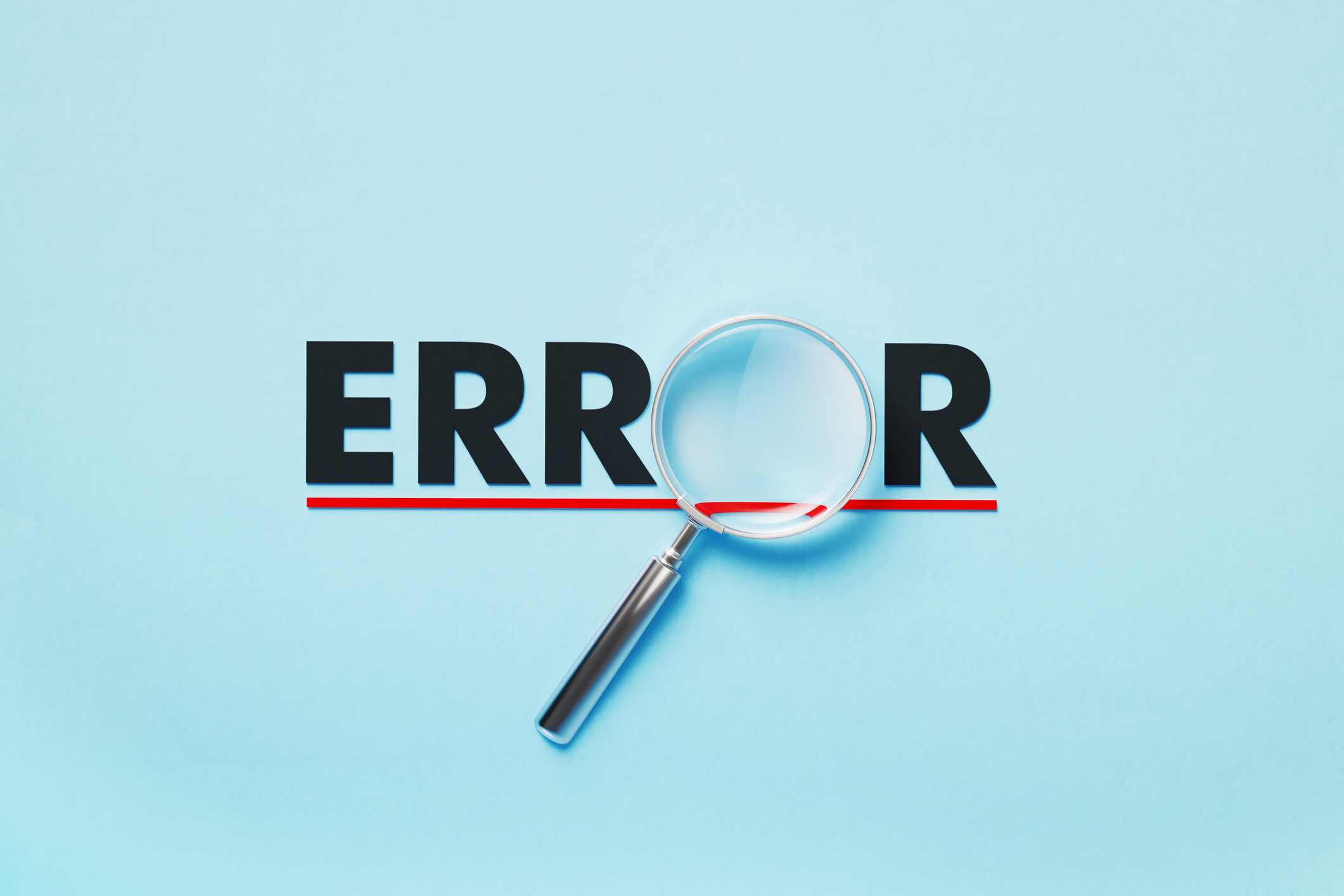How Collectibles Are Taxed: A Closer Look at Capital Gains Rules
Gains on collectibles like gold can be subject to a higher rate than for most other investments.


Collectibles have received a lot of attention in the last year or so, especially considering Costco's entry into the precious metals market.
For instance, you probably heard that the retail giant started selling gold bars online, generating a frenzy among investors and casual shoppers. (Costco reported over $100 million in gold bar sales in a single quarter a year ago.)
However, those gold bars have tax implications that might catch buyers off guard. And it’s not just about gold. When it comes to taxes, the IRS casts a wide net in terms of what counts as a collectible.

Sign up for Kiplinger’s Free E-Newsletters
Profit and prosper with the best of expert advice on investing, taxes, retirement, personal finance and more - straight to your e-mail.
Profit and prosper with the best of expert advice - straight to your e-mail.
That matters because collectibles are subject to special tax rules. Essentially, you’ll pay a higher capital gains rate when you sell them.
So, let’s dive into how the IRS treats your treasures, from gold to art, coins, and more.
What qualifies as a collectible?
Treasury and the IRS have a comprehensive definition of collectibles, But essentially, "collectibles" include but are not limited to:
- Works of art
- Rugs and antiques
- Metals and gems (any, but e.g., gold, silver, platinum, palladium)
- Stamps and coins
- Alcoholic beverages (any but for example, fine wines, rare whiskeys, vintage champagnes, craft beers, limited edition spirits)
Note: Additionally, the IRS reserves the right to classify any other tangible personal property as a collectible for tax purposes. And there are some limited exceptions for certain metals, gems, and coins.
Understanding whether an item qualifies as a collectible is key since the classification affects the applicable tax rate on capital gains from its sale.
But keep in mind that not all items that seem like collectibles are taxed as such. For instance:
- Certain precious metals and coins may be exempt if they meet specific criteria (limited exception).
- Despite their collectible nature in the market, the IRS doesn't currently classify digital assets such as NFTs as collectibles.
It's also worth noting that precious metal ETFs are treated as collectibles for tax purposes.
Collectible capital gains tax rate
Essentially, if you sell your collectible for a profit, you will face capital gains tax. As you would expect, the amount you'll owe depends on how long you've held onto the item.
For short-term holdings of one year or less, any profit is taxed as ordinary income at your marginal federal tax rate.
Long-term gains, on the other hand, are treated differently.
- If you've held the collectible for over a year, you'll be subject to a maximum tax rate of 28%.
- This rate is higher than the typical long-term capital gains tax rates of 15% or 20%.
Why the higher rate? The federal government basically wants to discourage speculation in potentially volatile markets and encourage investments that contribute more directly to economic growth.
Also, while the maximum 28% rate for long-term collectible gains exceeds rates for other assets, it's still lower than short-term rates taxed as ordinary income.
Calculating tax on collectibles
Determining your tax liability on a collectible sale involves a few steps. First, you need to establish your basis in the item.
- For purchased collectibles, like those Costco gold bars, for example, your basis is generally the original cost plus any associated fees, e.g., costs for restoration (for hobbyists), expenses for specialized storage (e.g., climate-controlled facilities for art), or fees paid to brokers or dealers.
- If you inherited the collectible, your basis would be its fair market value at the time of inheritance.
Once you've determined your basis, subtract it from the sale price to find your capital gain. This gain is then subject to the appropriate tax rate based on your holding period and income level.
To report sales for collectibles, use Form 8949. That information is used on Schedule D of Form 1040 to calculate and report your overall gains or losses.
Can the marginal rate on collectibles exceed 28%?
The effective tax rate on collectible gains can sometimes exceed 28% due to several factors.
Net investment income tax (NIIT): Depending on your adjusted gross income, you might face a 3.8% net investment income tax on your gains.
The NIIT is an additional tax on investment income for those with income exceeding specific thresholds ($200,000 for single filers and $250,000 for married couples filing jointly).
For more information, see What is Net Investment Income Tax?
AMT: If you are subject to the Alternative Minimum Tax (AMT), the effective tax rate could increase as well.
State and local taxes can also contribute to a higher overall tax burden when it comes to gains on collectibles.
So, consider these potential variables when assessing the tax implications of selling your collectibles.
Tax on collectibles: Bottom line
Understanding how collectibles are taxed is key to making informed investment decisions and effectively managing your tax liability. And as the collectibles market grows, staying informed about these tax implications is increasingly important.
To manage your tax burden when selling collectibles, consider spreading your sales over multiple years to distribute your taxable gains. Also, keep detailed records of all costs associated with acquiring and maintaining your collectibles.
Doing so and consulting with a trusted tax professional or financial planner to determine strategies that are right for you, can help potentially reduce your taxable gain.
Related
- Capital Gains Tax Rates for 2024 and 2025
- What is the Net Investment Income Tax (NIIT)?
- Millions More Could Have to Face the AMT
- Capital Gains Tax Explained
Get Kiplinger Today newsletter — free
Profit and prosper with the best of Kiplinger's advice on investing, taxes, retirement, personal finance and much more. Delivered daily. Enter your email in the box and click Sign Me Up.

As the senior tax editor at Kiplinger.com, Kelley R. Taylor simplifies federal and state tax information, news, and developments to help empower readers. Kelley has over two decades of experience advising on and covering education, law, finance, and tax as a corporate attorney and business journalist.
-
 The AI Doctor Coming to Read Your Test Results
The AI Doctor Coming to Read Your Test ResultsThe Kiplinger Letter There’s big opportunity for AI tools that analyze CAT scans, MRIs and other medical images. But there are also big challenges that human clinicians and tech companies will have to overcome.
By John Miley Published
-
 The Best Places for LGBTQ People to Retire Abroad
The Best Places for LGBTQ People to Retire AbroadLGBTQ people can safely retire abroad, but they must know a country’s laws and level of support — going beyond the usual retirement considerations.
By Drew Limsky Published
-
 Ask the Editor: Taxes, April 11, 2025
Ask the Editor: Taxes, April 11, 2025Ask the Editor In our Ask the Editor series, Joy Taylor, The Kiplinger Tax Letter Editor, answers questions related to IRAs and other retirement accounts.
By Joy Taylor Published
-
 Free IRS Tax Filing for 30 Million People: Will It Continue Under Trump?
Free IRS Tax Filing for 30 Million People: Will It Continue Under Trump?Tax Filing Direct File was piloted last year in 12 states and has since expanded to 25. But some wonder whether the program will last under the Trump administration.
By Gabriella Cruz-Martínez Last updated
-
 Taxpayer Revolt? Why More People Are Avoiding Filing Taxes This Year
Taxpayer Revolt? Why More People Are Avoiding Filing Taxes This YearTax Season It may be tempting to skip filing due to the overwhelmed IRS, but doing so could have financial and legal consequences.
By Kelley R. Taylor Last updated
-
 U.S. Treasury to Eliminate Paper Checks: What It Means for Tax Refunds, Social Security
U.S. Treasury to Eliminate Paper Checks: What It Means for Tax Refunds, Social SecurityTreasury President Trump signed an executive order forcing the federal government to phase out paper check disbursements by the fall.
By Gabriella Cruz-Martínez Published
-
 IRS Layoffs Spark Delays, Doubt This Tax Season
IRS Layoffs Spark Delays, Doubt This Tax SeasonTax Season Tax experts say Trump’s downsizing of the IRS is already causing problems.
By Gabriella Cruz-Martínez Last updated
-
 DOGE Gains More Grip on IRS Amid Leadership Reshuffle
DOGE Gains More Grip on IRS Amid Leadership ReshuffleIRS The IRS acting chief counsel was recently removed from his role, adding to the chaos at the federal tax agency. Here’s what it means for you.
By Gabriella Cruz-Martínez Published
-
 Trump’s Latest Pitch: No Taxes If You Earn Less Than $150K?
Trump’s Latest Pitch: No Taxes If You Earn Less Than $150K?Taxes The Trump administration reportedly wants to eliminate taxes for certain earners.
By Gabriella Cruz-Martínez Last updated
-
 Don’t Make These Five Mistakes on Your Tax Return
Don’t Make These Five Mistakes on Your Tax ReturnTax Filing The IRS warns taxpayers to watch out for these common errors as they prepare to file.
By Gabriella Cruz-Martínez Published